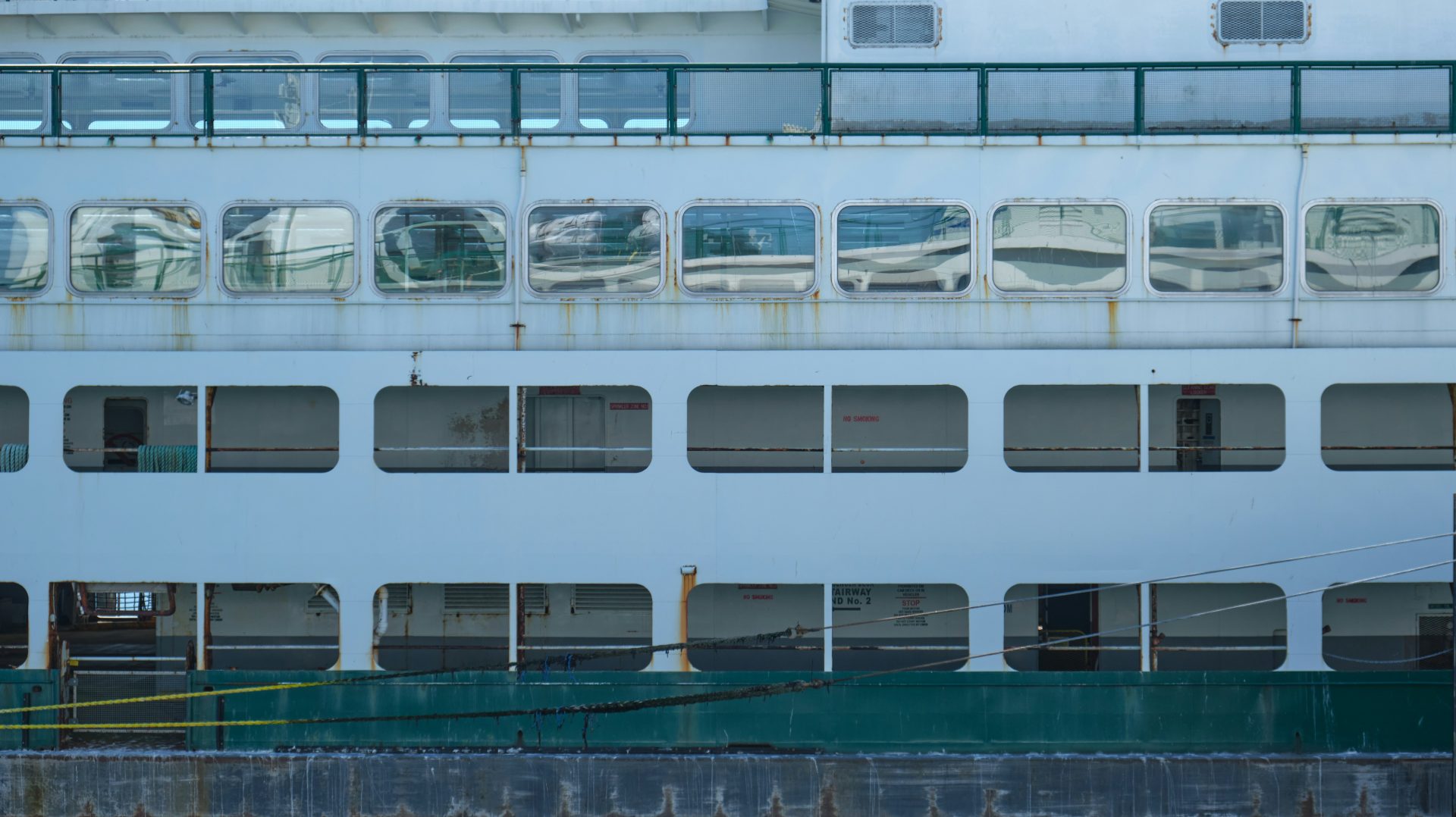Did you know that repositioning cruises can offer up to 70% savings compared to regular cruise itineraries? These unique voyages, where cruise ships relocate between seasonal destinations, present an intriguing mix of opportunities and challenges for adventurous travelers.
What Are Repositioning Cruises?
Repositioning cruises occur when cruise lines need to move their ships between seasonal homeports, typically following warmer weather patterns. These unique voyages transport vessels from one cruising region to another, such as moving from the Caribbean to the Mediterranean for summer seasons or relocating to Alaska for its prime cruising months.
Unlike traditional cruises that follow circular routes, repositioning cruises chart one-way paths across oceans or between continents. The journey might start in Miami and end in Barcelona, or begin in Vancouver and conclude in Tokyo, offering passengers a distinctive travel experience that spans vast distances.
These voyages generally operate during shoulder seasons – spring and fall – when cruise lines transition their fleets between winter and summer destinations. Typical routes include transatlantic crossings between the Americas and Europe, transpacific journeys connecting North America with Asia or Australia, and seasonal shifts between Alaska and the Caribbean.
Duration tends to be longer than standard cruises, usually ranging from 12 to 18 days, though some voyages can extend beyond three weeks. This extended timeframe accommodates both the necessary ocean crossing and visits to ports along the way.
Money-Saving Benefits
Repositioning cruises represent exceptional value for budget-conscious travelers. Cruise lines often offer substantial discounts – sometimes up to 50% off regular cruise fares – to fill cabins during these necessary transitions. Per-day costs can be significantly lower than those of conventional cruises, making luxury more accessible to cost-conscious travelers.
Beyond basic fare savings, cruise lines frequently include attractive perks to entice passengers. Common incentives encompass:
- Complimentary upgrades to higher cabin categories
- Prepaid gratuities
- Onboard credit for spa services, specialty dining, or shore excursions
- Free Wi-Fi packages
- Included airfare or air credits
The extended duration provides excellent value for vacation time. Passengers essentially receive two vacations in one: an ocean voyage experience plus exploration of multiple continents or regions, often at the price of a standard cruise.
Unique Travel Experiences
Repositioning cruises access ports rarely visited by regular cruise itineraries. Ships might stop at lesser-known Mediterranean islands, remote Caribbean outposts, or fascinating cities along South America’s coast. These uncommon destinations add an element of discovery to the journey.
Extended days at sea create opportunities for immersive onboard experiences. Cruise lines enhance these segments with:
- Guest lectures from experts in history, marine biology, or astronomy
- Cooking demonstrations from world-class chefs
- Wine tasting sessions
- Art workshops
- Language classes focused on destination countries
Cross-continental travel provides unique perspectives on geographical transitions. Passengers witness gradual changes in climate, culture, and landscapes as they traverse vast distances, offering a more profound understanding of global geography.
Potential Drawbacks to Consider
One-way flights present the primary logistical challenge for repositioning cruise passengers. Flying home from a different continent can be expensive, and coordinating flights with cruise schedules requires careful planning. Additionally, some end ports might have limited flight options or require multiple connections.
Extended periods at sea – sometimes 5-7 consecutive days – might challenge travelers prone to restlessness or seasickness. While modern ships offer numerous activities, some passengers may miss the frequent port stops of traditional cruises.
Weather conditions can be unpredictable during shoulder seasons. Atlantic crossings in spring or fall might encounter rough seas, while transitional periods can bring unexpected temperature fluctuations or precipitation.
Who Should Book a Repositioning Cruise?
Ideal candidates for repositioning cruises include:
- Retired travelers with flexible schedules
- Digital nomads who can work remotely
- Adventure seekers looking for unique travel experiences
- Value-oriented travelers who prioritize cost savings
- Ocean enthusiasts who enjoy extended time at sea
The best booking windows typically open 12-18 months before sailing, with optimal deals appearing 6-8 months prior to departure. Budget-conscious travelers should factor in all costs, including one-way flights, pre-cruise hotels, and potential visa requirements for multiple countries.
Planning Your Repositioning Cruise
Successful repositioning cruise experiences require strategic planning. Book flights early to secure better rates and convenient connections. Consider arriving at the departure port a day early to avoid stress and potential travel delays.
Pack for variable weather conditions and multiple climate zones. Include both warm and cool weather clothing, formal wear for special events, and comfortable attire for sea days. Remember medication supplies for the extended duration.
Comprehensive travel insurance becomes particularly important for these voyages. Coverage should include flight cancellations, medical emergencies, and potential weather-related disruptions. Some policies might need additional riders for multi-country travel or extended trip duration.
Smart Traveler’s Decision Guide
The choice to book a repositioning cruise depends on your travel style, budget, and schedule flexibility. While these voyages offer exceptional value and unique experiences, they require careful planning and a love for sea days. Consider your preferences and use this guide to make an informed decision about whether a repositioning cruise aligns with your travel goals.

